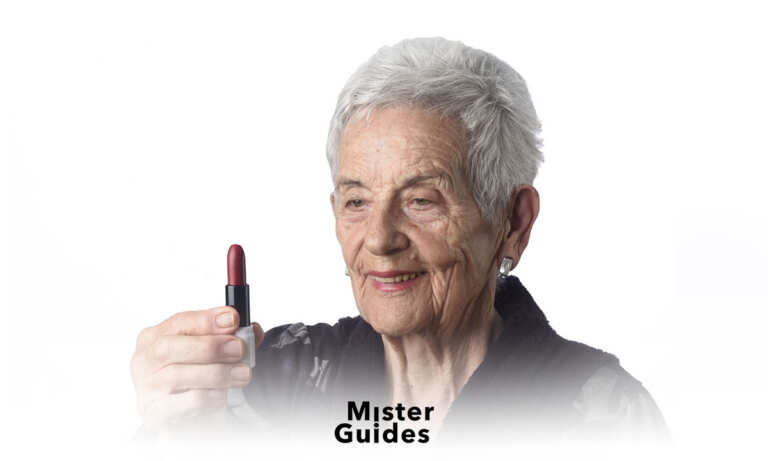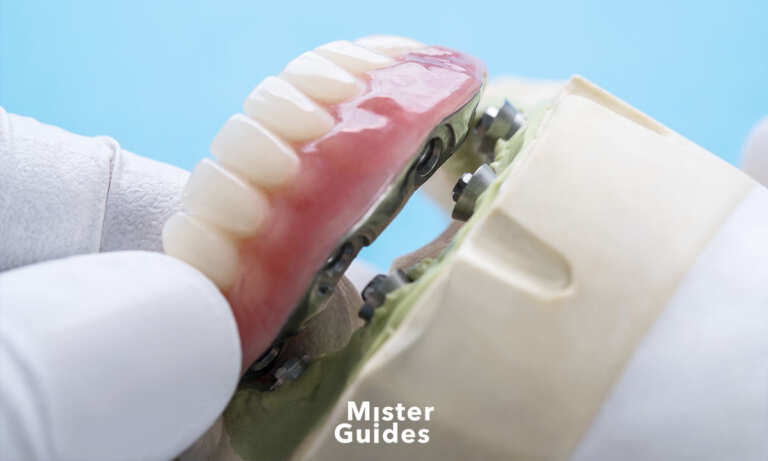If you’re a college student looking to study abroad, it can be tempting to get a student visa. Although before, it’s worth considering the advantages of finding this endorsement in your passport.
You will be able to study in the United States, familiarizing yourself with the culture and speech. This experience also gives you an advantage over other students applying for jobs after graduation. After all, Who wouldn’t want to hire someone who can speak English like a native?
What is an American student visa?
A student visa is a document that lets you stay in the U.S. for up to four months while you do your studies at an accredited university. The permit is valid for one year and can be extended to three years when enrolled as a full-time student.
To obtain this document, you must show that you have enough income to support yourself while you do your studies in this nation. You must also prove your admission into an approved institution. You can similarly apply for an F-1 student visa if you intend to work part-time on or off campus during school vacations (at least 20 hours a week).
What benefits does it provide?
The most apparent advantage of a US student visa is that it allows you to enter the country for up to one year. It means that you can study in the country for as long as you want until you are ready to resume your studies back home.
Another essential advantage of this visa is that it allows you to access monetary assistance. If you are eligible for economic aid through your study center, you can use it to pay for all the costs associated with your education. To these are added the tuition and living expenses, among others.
In addition to these two main benefits, it exists many other benefits of a US student visa:
- You may find employment while studying (this is not always possible with other sorts of visas)
- You can live in the U.S. after you graduate from college (as long as you find a job)
Types of American student visa
The available types depend on the type of institution you attend. The first type you can apply for is an F-1 visa. It lets you study at a university in the United States.
You can also request an M-1 visa if you choose a vocational or non-degree program in the United States, such as an English school or a business school. If your degree does not come from a US institution, or you are already a citizen of another country, you will need to apply for an H-1B visa.
There are some restrictions on the types of institutions and programs that qualify; these depend on whether they are public or private, whether they offer degrees or only certificates (for example, trade schools), their location (Are they accredited?), and other factors.
Steps to apply for a student visa
In general, if you want to study in this nation, there is probably a way to get one of these visas.
First step
The first step in getting your US student visa is ensuring you have all the documents that are required to apply. Therefore, you will need:
- A passport that is valid for at least six months after the expected return date.
- A copy of your economic statement (for instance, bank statements or tax returns) showing that you have enough money for your expenses while you do your studies (This amount varies by state).
- A letter from an educational institution that confirms your acceptance and provides the supports of the necessary financial support while you study there.
Second step
The second step is to request it. You can do this personally at the US Embassy or Consulate or even through a mail-in process.
You have to complete different forms for each option, but they all require proof of monetary resources and prove that you have adequate health insurance. You will also need to submit a letter from your educational institution detailing their agreement with you and notes from your employer, if applicable.
Third step
The third step in applying for a student visa is to acquire SEVIS registration. SEVIS is a system that tracks international students who are in the U.S. on F-1 or J-1 visas. It ensures that the participants meet program requests and remain enrolled in designated colleges.
For getting the SEVIS record, you will need to contact the school you are going to attend or have been chosen to and ask them to issue one for you. The university will deliver you a paper copy of your SEVIS record. Then you should mail it to US Immigration and Customs Enforcement (ICE) within 72 hours.
Fourth step
The fourth step is to schedule a visa interview at the US embassy or consulate in the country where you are living. You can schedule an interview appointment any time after you file your DS-160, but it is relevant to do it sooner than your passport expires.
The agents will ask about your previous education and your finances. You must also show that you can pay your expenses while studying, including tuition fees, accommodation costs, and so on.
Fifth step
The last step is to wait for the visa to arrive in the mail. You should receive it within ten business days of submitting your request, but it can take up to three weeks. Contact the embassy immediately if you do not receive the visa within this period.




